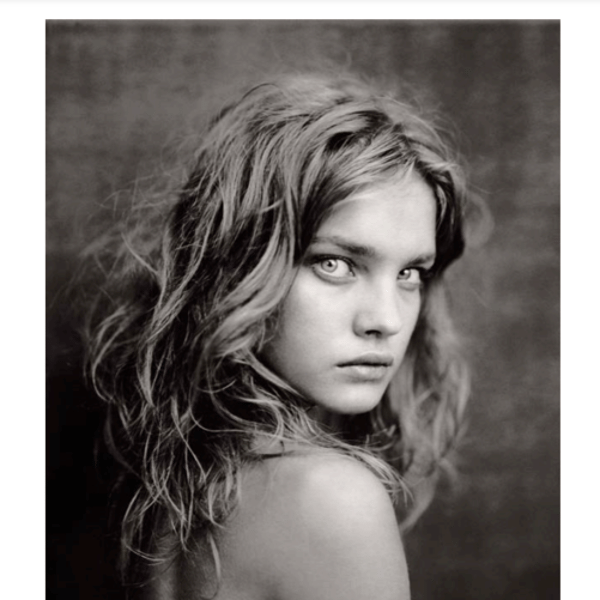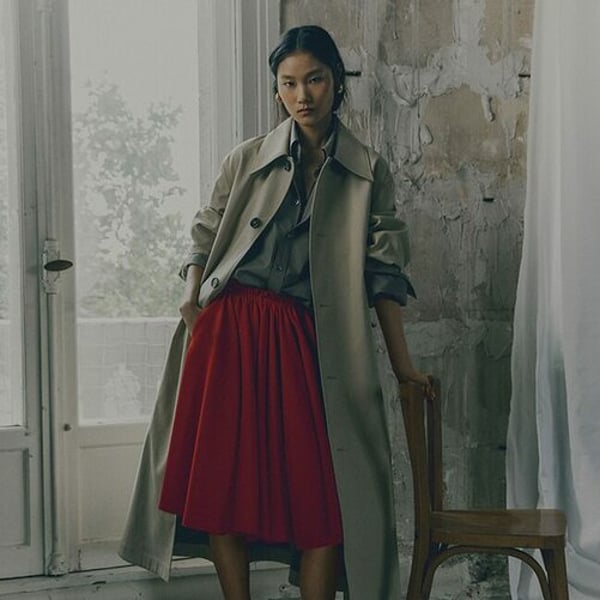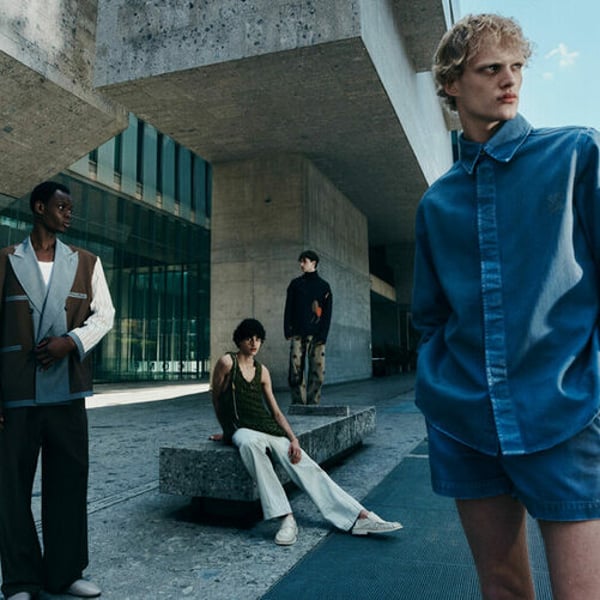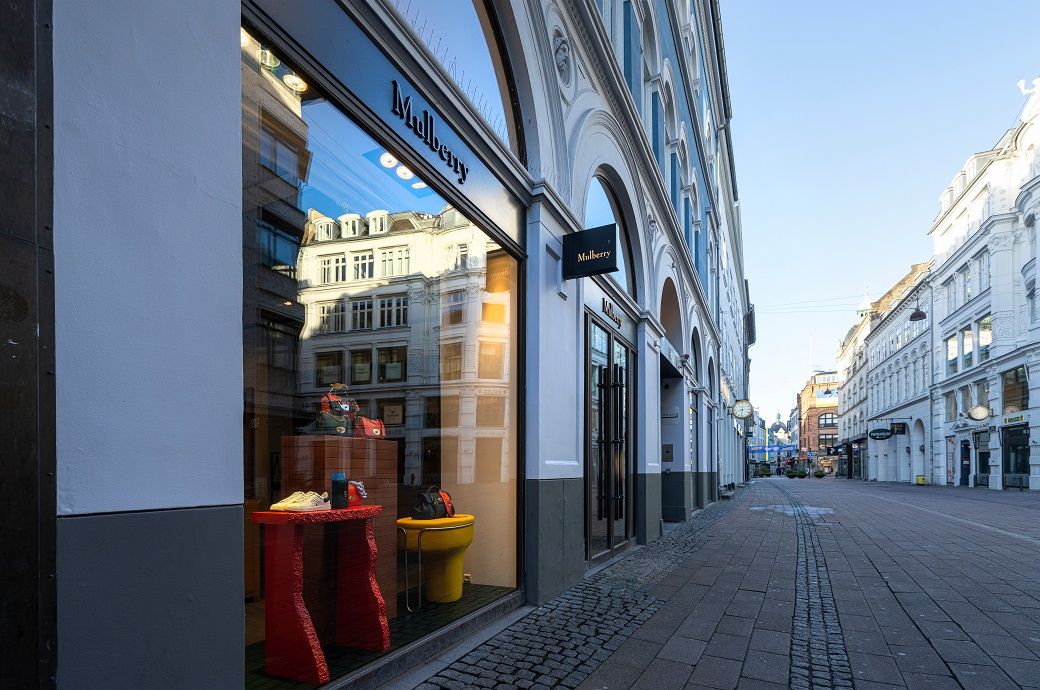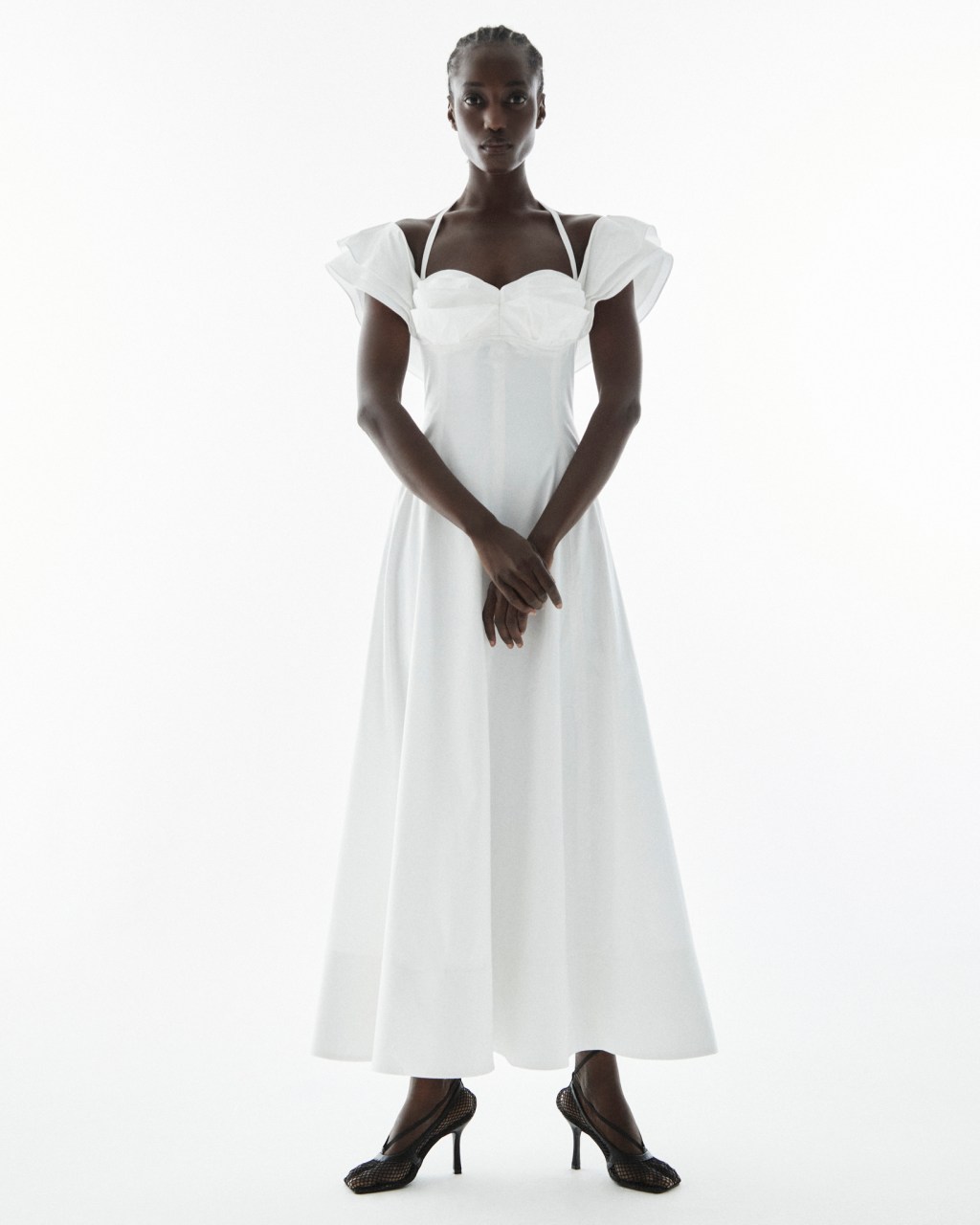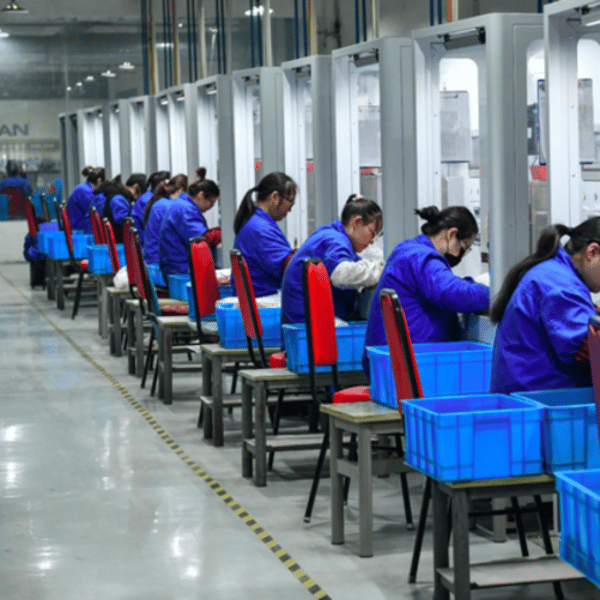The most interesting new fashion exhibition in Paris this year is, in fact, an exhibition on photography, a retrospective of the Italian Paolo Roversi; his half-century dialogue with great designers and his experimentalist aesthetic.
Opened on Wednesday evening at Palazzo Galliera, the French capital's famous sanctuary of fashion, artistic design and style in general, the exhibition Paolo Roversi begins with famous series in which he worked with greats such as Yohji Yamamoto, Romeo Gigli, Nino Cerruti and Rei Kawakubo of Comme des Garçons. Subsequently, his sensitive depictions of several generations of supermodels have created instantly memorable images of feminine beauty.
For fashion fans, Roversi's style is quite unmistakable and after visiting this exhibition you will understand why. His use of large format cameras, polaroids and natural light is unique. While his painterly sense of how to present a fashion silhouette in a printed photograph is often astonishing.
Roversi arrived in Paris in 1973, when he was in his twenties. He began photographing cosmetics for Dior and advertising campaigns for Cerruti, Comme des Garçons and Yoji, before gradually developing his signature style. Almost by accident, after a polaroid of a series about Lucie de la Falaise and Amira Casar was accidentally developed into a black and white positive, creating a ghostly allure.
“Breakthroughs and breakthroughs in my work have often been the result of accidents,” Roversi acknowledges.
From then on, editorial assignments from Vogue Italia, Uomo Vogue, Vogue Paris and Egoiste became quite constant. And Roversi's fame and reputation as an artistic photographer working in fashion multiplied.
When Polaraid stopped making cameras in 2008, Roversi went digital. Although he also managed to save several boxes of Polaroid film, and even published a book in that format, Des Oiseauxin 2023.

Often using large-format cameras the size of a small car and working in quiet photographic spaces in Paris, including Theodore Géricault's former studio, Roversi built a remarkable body of work.
His early shots of model Sasha for Yamamoto on baryta paper appear almost painted with broad brush strokes; while a pigmented print of Anna Maria in a ruched, ruffled dress by Kawakubo is surreal.
A spotted, half-naked Kate Moss in Valentino for W magazine has a rare sense of demi monde glory, while Natalia Vodianova looks in full adolescent bloom. And his portrait of John Galliano in a 19th-century pimp's cocked hat must make that couturier very proud.
Although he rarely ventured outside his studio to take photographs, Roversi was not a cheap photographer. I should know, since I had the honor of commissioning it for Vogue Hommes when I edited that title in the 1990s.
Although it was one of my predecessors for whom Paolo produced a remarkable series entitled naked back in 1983. Where 17 legendary beauties, including Ines de la Fressange, Stella Tennant, Amber Valletta and Shalom Harlow, are photographed in a natural and modest way. Almost ethereal images that border on abstraction.
In a very real sense, Roversi is fashion's answer to Nader, the great photographer who chronicled the creative and powerful people of late 19th century France. This exhibition explains why.
Copyright © 2024 FashionNetwork.com All rights reserved.

